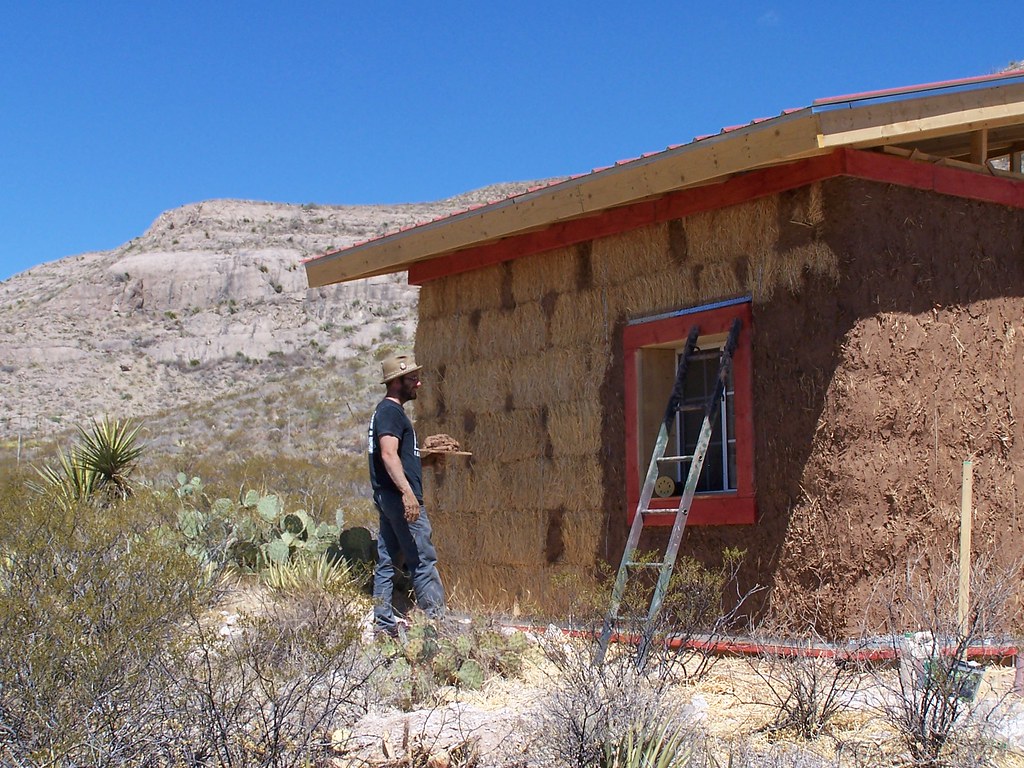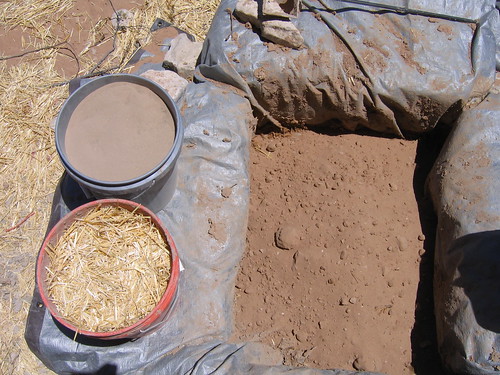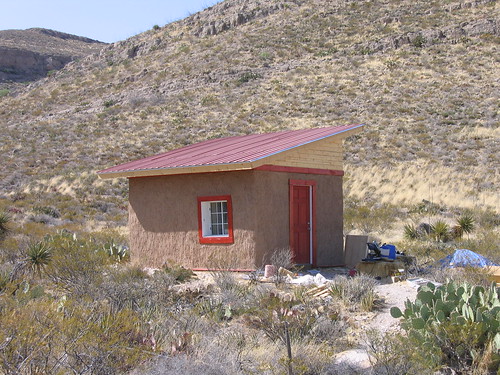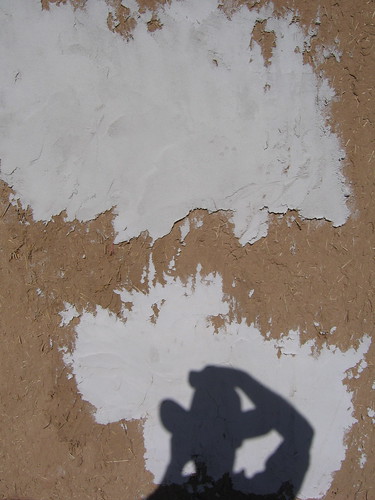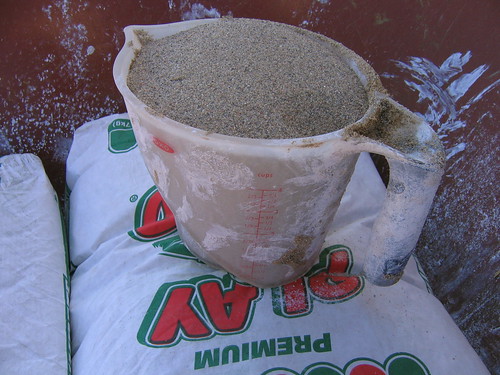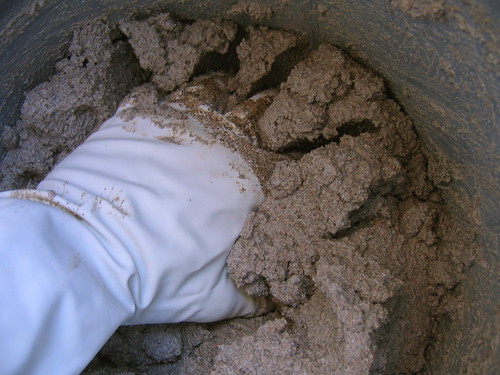Previously i've talked about my methods for off-grid internet. As you may recall, I'm using a cellphone amplifier/antenna and tethering my laptop through my cellphone's data plan. My cellphone is quickly becoming obsolete, and I have less than a year left on my cell phone contract. It's got me wondering who my next cellular company is gonna be, and what device i will upgrade to.
AT&T recently changed their cellphone plan model pretty drastically in the data department. Their plans are now cheaper, but capped. No more unlimited data plans on AT&T. Current plan holders with unlimited data in their contracts are grandfathered in, and can even renew their "unlimited" plans, but cannot upgrade their phone or change their plan. A capped data plan is just not reasonable for someone like me who uses his cell phone as a modem for his laptop. Even at the reported AT&T overage fee of 10$ a gig.
The Iphone, once pwned by AT&T, is a brilliantly designed device. At AT&T's insistence Apple has been forbidden from allowing their iphones to tether. At one point, around iphone3.0, Apple had the device ready to tether with the switch of one toggle, but AT&T threatened, and Apple balked and removed the feature from their phones. However, clever iphone dorks prevailed and there are now hundreds of tethering options available through simple iphone hacks. This year other providers besides AT&T will be offering the iphone, and it's unclear what kind of rates they will offer, or how that will effect the phone's architecture. Recently Apple released iphone4.0. I honestly wouldn't buy it. There's no upgrade for 4G networks, and no more unlimited data on AT&T. But perhaps if other cell phone providers offer unlimited plans for it, it might be still be a good option for off grid internet.
Google phones like Motorola's Android, on the other hand, are already embracing the new, lightning fast 4G. They also come ready to tether. I've played with the Android a few times, and i think it's as easy to use as the iphone, and i love the way it integrates with google apps. Tmobile has an unlimited plan with the Android phone that boasts no contract at all. El Paso, as yet, has no 4G network, but Tmobile does have good 3G coverage in my area, and the price/contract is right. My friend in Austin is on this plan with the Motorola Android. Tethered through his laptop he tested his 4G speeds at speedtest.net
The future is now in Austin, Texas.
2010/06/09
2010/06/06
a slow appreciation for the sun
i got my first solar panel in may of 2009 after my gasoline powered 2000W honda-knockoff generator died the death of john henry. i had it maxed, 12 hours a day, running an air compressor while putting up tongue and groove. it stroked out and never ran again. a moment of silence for that well-used, annoyingly loud generator of electricity.
my first panel, a 60W kyocera, was at once a wonder. to this day it has never made one noise, and it can generate up to 5amps of electricity. i have never once wished i had a gasoline powered generator since. it puts out 12 volts DC so all you need to make it charge your batteries is a charge controller that stops the panel from charging an already full battery. so my first panel installed with very little effort, and immediately began charging my batteries. it was relieving having a source of electricity again, but it was not immediately clear how much i had scored in switching to solar.
First, The panel was a larger investment than i hoped it would be. i paid over 500$ at a local place in flagstaff, AZ. The sales rep was nice and very helpful, but i could have saved hundreds of dollars just by waiting. In just over a year the price of panels has dropped considerably. the same panel i bought is now 350$ at the same company i bought it from. Furthermore you can find screaming deals online. A friend recently told me about this company, which has the best deals i've seen anywhere. Second, your solar panel is only as good as your batteries, and the batteries in my trailer weren't very good to begin with, and were almost totally flat.
After a year of use, even with inferior battery technology, my 2 deep cycle batteries operate almost exclusively on a full charge, and keep humping out the amps through the night. My laptop stays fully charged, my electric razor stays charged, my cellphone stays charged, all my AA and AAA batteries stay charged, and i still have electricity to spare for my cellphone amplifier, as well as for my record player and speakers. Even at such a hefty price, my panel has paid for itself in the last year.
In the not too distant future i'm gonna be buying new batteries. The batteries i have now are run-of-the-mill distilled water deep cycles. I'm impressed with the newer AGM battery technology. Instead of having a liquid in the battery the batteries use a silica glass. There's no maintenance, the batteries don't off gas, and you can mount them sideways. Currently i'm using 2 Trojan AGM 12v deep cycle batteries, wired in parallel, to pump water into the bath house i built. it's worked brilliantly with another 60W of solar panels. but for the new trailer batteries, i'm gonna wire in series and use 2 6v deep cycle. Other RV nomads have told me i'll get more amp hours that way.
Always an adventure .. from Flagstaff, Arizona, Best wishes.
2010/04/09
Plaster
This Dust makes that Mud

I didn't know anything about plastering a strawbale house and the books/websites I read lacked pictures. So I'm gonna use a lot of pictures.
When you build a load bearing strawbale house, you kinda build it from the inside out. You start with the insulation (the straw), Then you add the roof, then you add the protective, and supportive outer shell (the plaster). Once the plaster is up and dry it begins supporting the weight of your roof and the straw effectively becomes insulation. The plaster also protects the straw from the elements, and pests.
Immediately, when I was about to begin the very first coat of plaster it was obvious that no one had any clue how to do earthen plaster in El Paso. There are a lot of resources on how much clay to how much sand, but you can't just go buy clay in El Paso. Finding which dirt to use to make mud is particularly tricky.. I asked a neighbor what kind of dirt he used in his adobe mortar and ended up buying several tons of a red, sandy top soil from Jobe Materials. I made a muddy slip coat out of that.
Then I did another super thick adobe coat. It took some testing to get the mix right, and I ended up using 2 parts of the earth I bought and 1 part of my native earth, plus 1 part chopped straw. Originally I was going to try a suggestion from the The Barefoot Architect and use cactus juice in the mud for weathering, but i ended up using an acrylic additive for stucco you can buy at any hardware store.
I let the building weather and shift over the summer.
When I came back the following fall the mud had held up nicely. The west wall had some bad cracks and flaking on it, but the other walls only had minor spots. It was all easily fixable by re-wetting it, and then adding more mud.
I was adamantly told by several people that mud alone is not a viable solution for an exterior coat of plaster in El Paso, but I think after a year of testing that if you had 3 or more coats of mud with the last coat troweled on that Mud plaster would work really well here. It requires more maintenance, but the maintenance couldn't be easier. Be that as it may, I heeded the warnings and my final coat of plaster is made using lime.
When researching Lime plaster on the internet you get very little useful information. I found quite a bit of good information on how it works, and the many different types of lime available here at The Natural Building Site. But I have only type-S lime available in El Paso, and most of the strawbale sites/books out there only get into detail on using hydraulic lime. I did find a nice straightforward formula for spraying on lime plaster using type-S lime here, but i was going to trowel it on.
I resorted to testing
I was hoping to use native earth for the aggregate, but it's really important to use a pure sand with the right shape, and thickness. So i ended up buying play sand, like they use in sand boxes for kids.
3 parts play sand
1 part type-S lime
One thing i learned in my "research" is that lime needs to be slaked. The act of slaking lime takes the powdered rock and turns it into a putty. Type-S lime (the "s" stands for special) has already been slaked then re-powdered. So when you use type-s lime you don't have to slake the lime for 24 hours. In fact i'm pretty sure you can mix all the dry ingredients and then just add water, but just to be sure I mixed the lime and water first.
Mix the 1 part lime with about 1.25 parts water.
Then add the 3 parts play sand and mix until it's about this consistency
Wet the plaster several times a day while it's curing. The slower the curing time the better the plaster will turn out, and watering the house is fun.
2010/01/07
Data
It's pretty easy these days to get on the internet. For the last couple of years I've been here or there "borrowing" wifi networks for high data and dedicated activities like downloading music, or doing web development on a server via SSH. It is an easy party, with lots of cake and ice cream.
Also, two years ago I went from a normal old cell phone to a "smartphone" (I'll not incriminate myself here) which has an unlimited (no lie) data plan, and a fully functional web browser. It didn't take long to figure out how to share my phone's internet connection with my laptop. However, on Shindagger, and probably a lot of places where you would build off the grid, cell phone reception is hardly up to par.
No problem any trucker worth his rig ain't seen. I just went to the nearest truck stop and picked up one of those trucker antennas, and ordered a Wilson cell phone amplifier (off the internet even), and today I get 5 bars with 3G data. Speed tests range from .87Mbs to 1.6Mbs download with ping times around 300ms. It's not super fast, but it's solid enough to watch Hulu, download podcasts, and well..
Subscribe to:
Posts (Atom)

 M
M